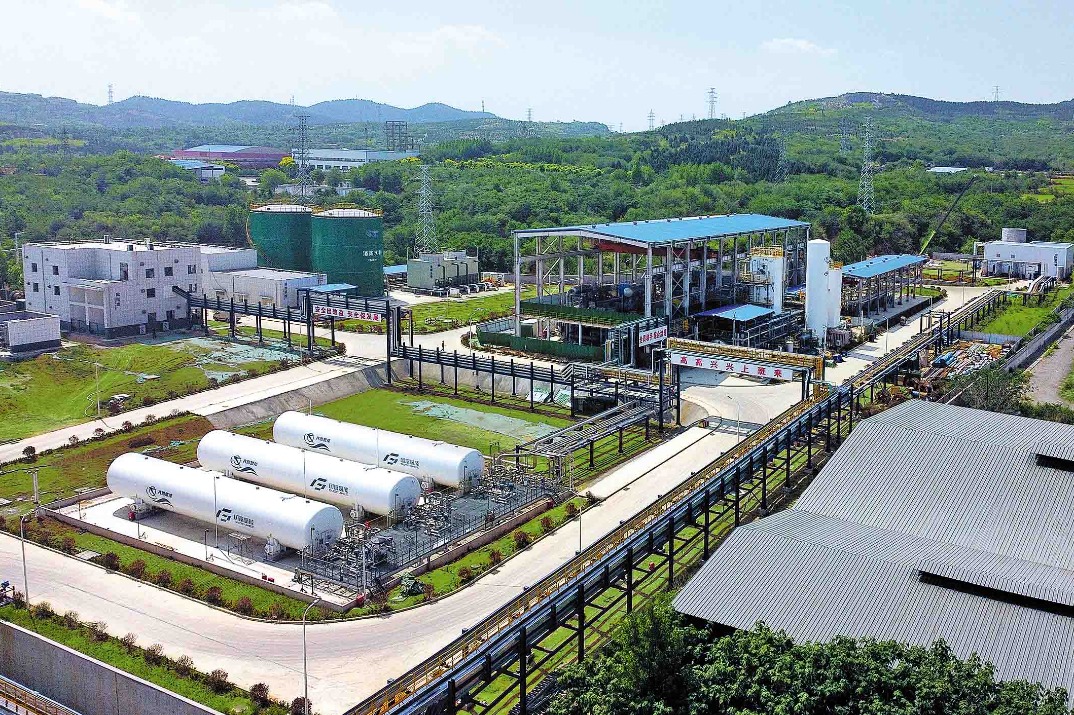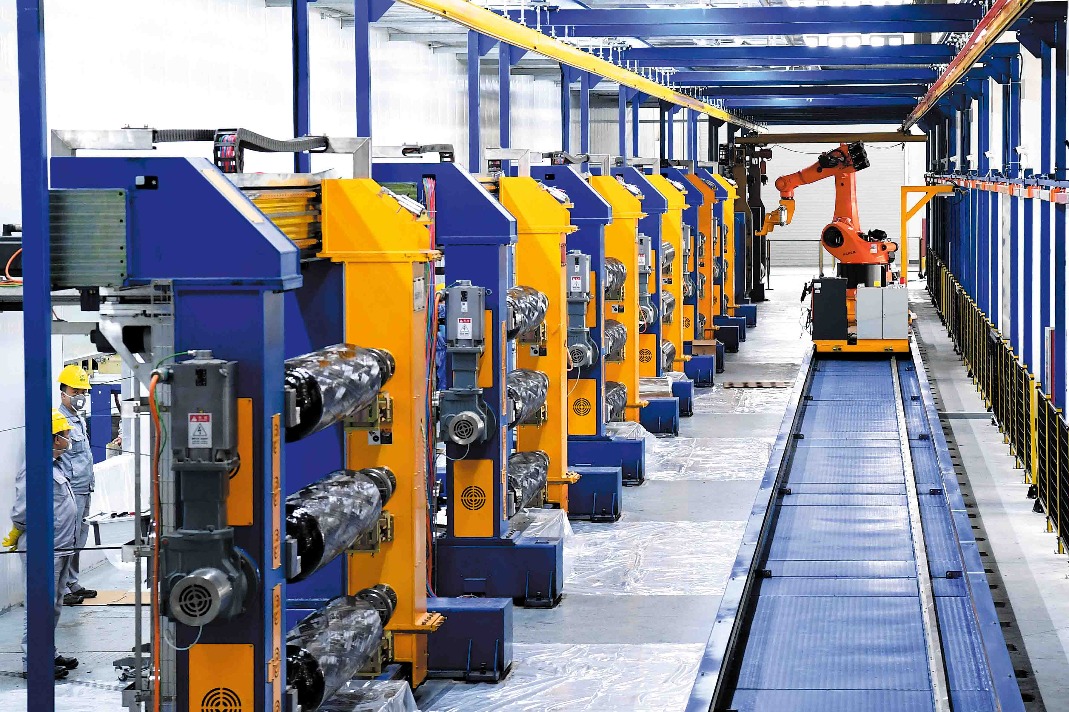Sci-tech board starts new era for investors


China's stock market becomes more diversified and mature, thanks to continuous reform and opening-up measures
The initial excitement surrounding the launch of a new market is bound to fade over time, but Shanghai's sci-tech innovation board, or STAR Market, has attracted continued interest from investors since its dazzling debut in late July.
After getting off to a strong start with share prices soaring an average of 217 percent from offer prices in the initial two weeks of trading, the STAR Market's first batch of listed firms retreated later in August and broadly stabilized this month, ending 139 percent higher than offer prices on average on Wednesday.
Turnover has declined but remains high, with about one in 10 floating stocks of STAR-listed firms changing hands on average on Wednesday, topping all A-share sub-markets, according to financial information provider Wind Info.
As rationality gradually replaces exuberance, it is the STAR Market's groundbreaking reforms under the trial registration-based initial public offering system that account for investors' continuing interest in the tech board, experts said.
Marked by the debut of the STAR Market, a new era may be dawning for China's 29-year-old A-share market, featuring accelerated market-oriented, law-based reforms and deeper integration with the global financial community, they said.
"Overall, the market-oriented reforms on the STAR Market have borne fruit, while more could be done looking forward," said Eugene Qian, president of UBS Securities and a member of the UBS Asia-Pacific Executive Committee.
Registration-based IPO on the STAR Market "has been a success so far", Qian said. Easier listing standards have enabled pioneering new-economy companies to seek floats domestically, and the IPOs of the first batch of floats were priced reasonably, according to Qian.
Securities authorities lifted the unspoken IPO pricing ceiling of 23 times earnings for the new tech board, giving the market a bigger say in IPO pricing. As for secondary trading, daily price fluctuation and short selling limits were also loosened.
On the back of the market-oriented reforms, more institutional investors from home and abroad are expected to join STAR Market secondary trading after the market becomes more sizable and less volatile over the next few quarters, Qian said.
"I think it (the debut of the STAR Market) is the beginning of a whole new era of the A-share market potentially," Qian said, as the STAR Market serves as a prelude to more market-oriented reforms, including the adoption of the registration-based IPO system on the ChiNext board in Shenzhen, which aims to attract innovative and fast-growing enterprises.
China's A-share market was born in December 1990, when the Shanghai Stock Exchange debuted with only eight listed firms capitalized at more than 1.2 billion yuan ($170 million) in total.
Only 29 years later, the market has become the world's second-largest following the United States in terms of capitalization, with nearly 3,700 listed firms valued at more than 50 trillion yuan in total, or more than half of the country's annual GDP.
Looking at the A-share market's history, the most significant watershed was the split share structure reform initiated in 2005, said Wang Maobin, investment department chair at the University of International Business and Economics in Beijing.
The reform floated a large volume of non-tradable A shares that were largely State-owned. Non-tradable shareholders were required to bargain with and pay tradable shareholders compensation to make their shares tradable.
The overhaul triggered a bull run from 2006 to 2007, with the Shanghai Composite Index peaking at 6124 points in October 2007, the highest level ever.
The market became much more liquid and less volatile through the reform, while illegal trading behavior such as insider trading and market manipulation dropped markedly, according to Wang."Investors began to earn profit from growth in listed firms, rather than only from losses of other investors."
The reform also ushered in an era of development marked by steady, gradual change characterized by growth in the number of institutional investors, improvement in market rules, enrichment of trading tools, and two-way market opening-up over the past decade, Wang said.




































